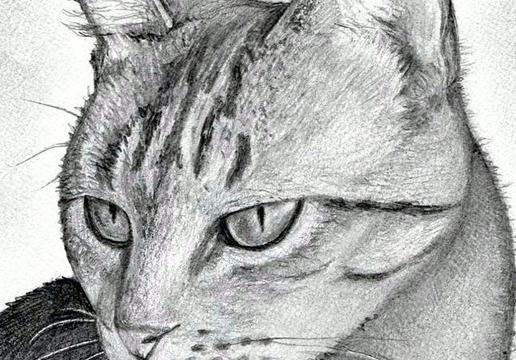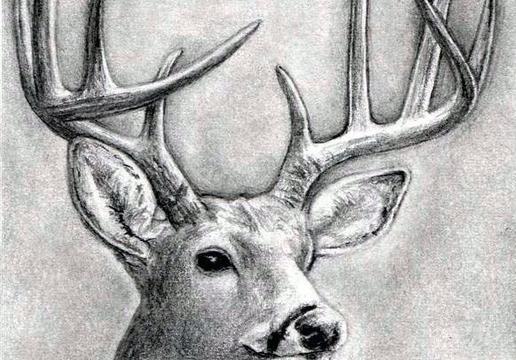How to Color Basic Facial Shading for Digital Art
2
It's good to choose at least 3 swatches. One for light areas, the base tone, and the shading colors. For my shading, I chose warm reds. Any color can be used, though. Experiment with purples and blues if you can!
4
Using the shading color one tier below your base, paint the areas according. My light source is coming from the front and a bit from above, so I focused on underneath the eyebrows, strands of hair covering parts of the face, the neck, the nose, and t
5
Now go down your tiers of shades in order, using less of them to define the face as you get darker. I used my darkest shade to show the crevices of the eyes, nose, and mouth, and to further define where the hair sits on the face.
6
Shoot right on back to the light tone you've been saving. It's usually important to use a touch of the light tone on the apples of the cheeks and the bridge of the nose, just to look more 3D.
7
If you want, you can go even more intense with the light areas. Again, I defined more of the nose and added very small spots of white to the cheeks






























